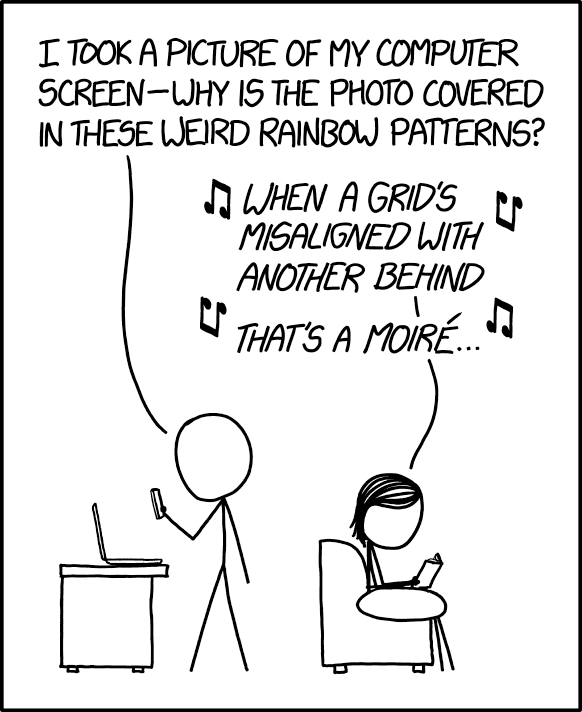

I used to work in a really big project written in C and C++ (and even some asm in there) and the build was non-deterministic. However the funky part was there was a C file in all of this that had a couple dozen of commented nee lines with a line at the top saying: ‘don’t remove this or the build will fail’ That remains my favorite code comment to this day.











I didn’t see this one in the list, but UNN newscast from Starcraft 2 is one of my favorites! Particularly Donny Vermillion.